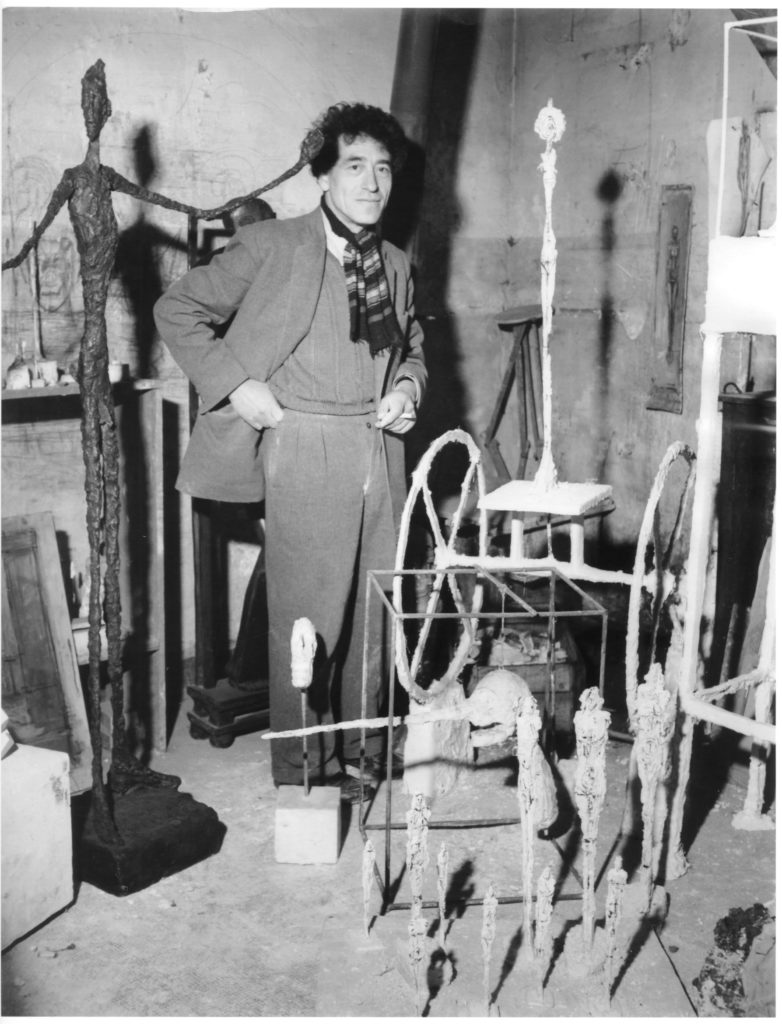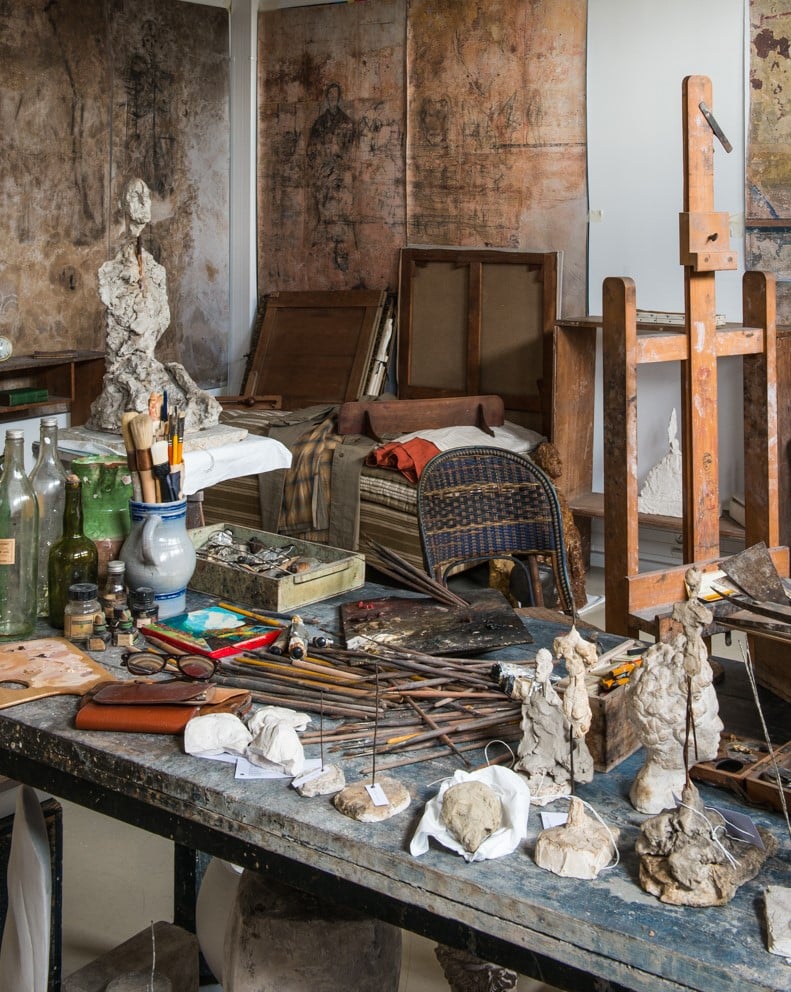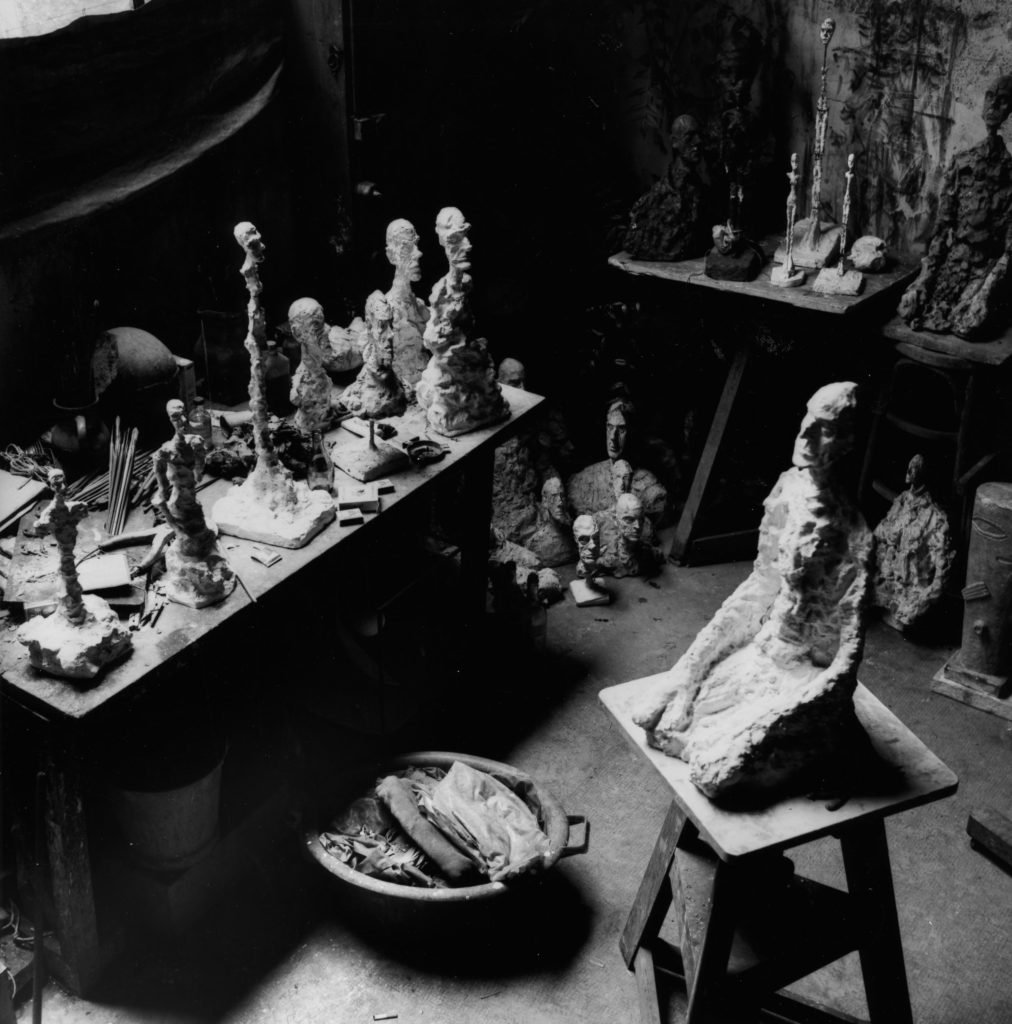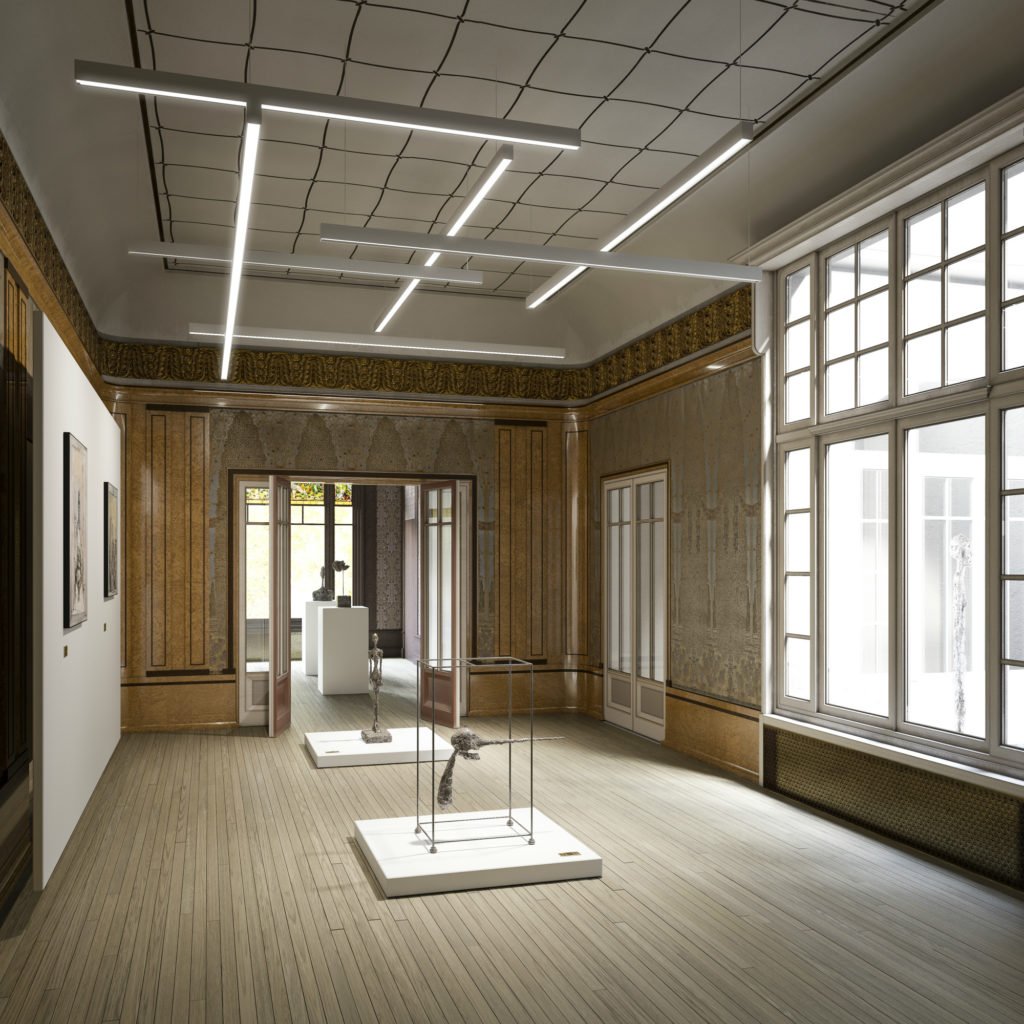Art World
How the Giacometti Institute Built a Perfect Replica of the Chaotic Master’s Messy Studio
The simulation isn't the only treat the institution has in store for fans of the sculpture.

The simulation isn't the only treat the institution has in store for fans of the sculpture.

Javier Pes

Alberto Giacometti’s studio is returning to Montparnasse in Paris, more than half a century after the Swiss artist died and left the tiny space packed with sculptures and drawings. His original studio at rue Hippolyte-Maindron no longer exists, but the Giacometti Fondation is painstakingly recreating the space as he left it in 1966 as the centerpiece of the new Giacometti Institute, which is due to open on June 21 in an historic building in the same neighborhood.

Reconstruction of the studio, copyright, Giacometti Estate (Giacometti Foundation and ADAGP) Paris, 2018.
Catherine Grenier, the former deputy director of the Musée National d’Art Moderne at the Centre Pompidou who has transformed the Giacometti Foundation since she took the helm in 2014, says that the reconstruction was made possible because Giacometti welcomed photographers as well as writers into his cramped working space. His friend, the playwright Samuel Beckett, was a regular visitor from the 1930s. When Marlene Dietrich popped in, the movie star and the extrovert artist got on like a house on fire.
Photographers who recorded the space include Robert Doisneau, Sabine Weiss, Gordon Parks, and Ernst Scheidegger. The fashion photographer Peter Lindbergh is following in their footsteps, photographing sculpture for the first time for a show at the new institute that is due to open in early 2019.

Studio of Alberto Giacometti, 1966. Photography by Sabine Weiss, copyright Giacometti Estate (Giacometti Foundation and ADAGP) Paris, 2018.
The inaugural exhibition will explore Giacometti’s friendship with the writer Jean Genet. The two first met in 1958, when Genet sat for Giacometti and he wrote an account of the sculptor and painter’s studio. They were introduced by Jean-Paul Sartre. “Giacometti was friends with all of the philosophers,” Grenier says. Simone de Beauvoir wrote of the artist being “submerged in plaster.”
The first contemporary artist to respond to Giacometti’s working space will be Annette Messager. The French-born sculptor and installation artist whose work often has a feminist angle, is making new works for her show, which is due to open in the fall.
The Giacometti Institute is not a large space, Grenier stresses. It is in an early 20th century townhouse, which served as the former studio of the artist and interior designer Paul Follot. Converted by architect Pascal Grasso, it measures 350 square meters (1,150 square feet).

Rendering of Giacometti Institute gallery space, copyright Giacometti Estate (Giacometti Foundation and ADAGP) Paris, 2018.
Still, Giacometti’s original studio measured only 20 square meters (65 square feet). He said: “The longer I stayed, the bigger it became. I could fit anything I wanted into it.”
More than 70 sculptures will be presented in the reconstructed studio, including the very last clay works that the artists was working on before he died.